
Amphibians
Amphibians are vertebrates (animals with backbones) which are able, when adult, to live both in water and on land.
What better way to learn about the natural world than exploring the wildlife on your doorstep!

Amphibians are vertebrates (animals with backbones) which are able, when adult, to live both in water and on land.

With around 250 species of bee living here in the UK, these key pollinators make a huge impact on our lives - even if we don't always realise it! ...

The stag beetle is Britain's largest insect and one of the most well-known of all the beetles. The male is easily recognised because of his mouthpa...
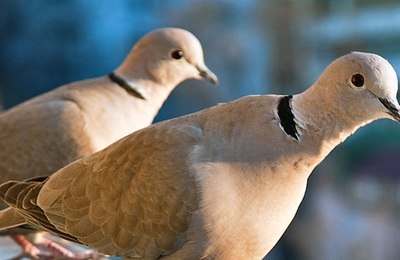
Over the last hundred years or so, large cities and their surrounding housing suburbs have grown, replacing countryside habitats. Many species of b...

Although the blue tit is mainly a woodland bird it is one of our best-known garden birds.
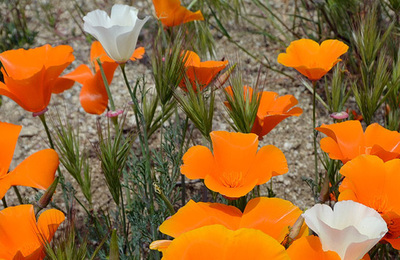
Explore the UK's rare flowers, each section gives ideas about what you can do to help to protect them.
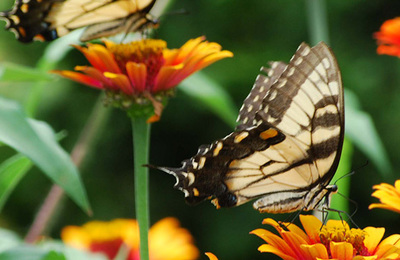
The swallowtail is Britain's largest and most exotic butterfly. Its name refers to the extensions on the hind-wings which look rather like a swallo...

At YPTE, we would like to start giving young people the chance to have their voices heard about environmental issues. So from now on, we'll be pub...

A guide on how to care for frog spawn and tadpoles in your pond.
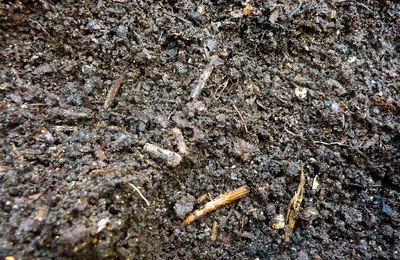
The rubbish we throw away everyday is polluting our Earth. A lot of this rubbish comes from our gardens and kitchens and the good news is that this...

Dragonflies are fast-flying, four-winged insects with long bodies and enormous eyes. The adult dragonfly has the biggest eyes in the insect world a...
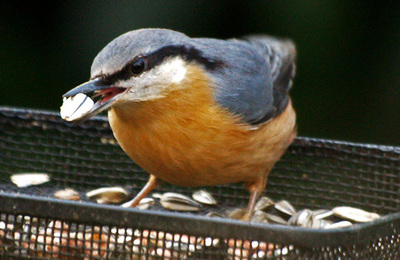
Birds appreciate being fed throughout the year, but winter is their most difficult time, when they find it hard to find their natural food, such as...
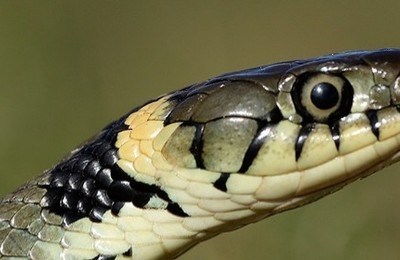
Grass snakes are non-venomous and are normally found near water. They feed on a wide-ranging diet, but prefer amphibians when they can catch them.
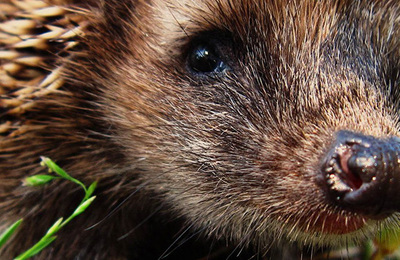
The hedgehog is one of the most easily recognised of British mammals yet they are steadily disappearing from the wild.

The Anglo-Saxon word for enclosure was ‘haeg’ or gehaeg’ and this is were we get the word ‘hedge’.

Some instructions for making your very own bug hotel!
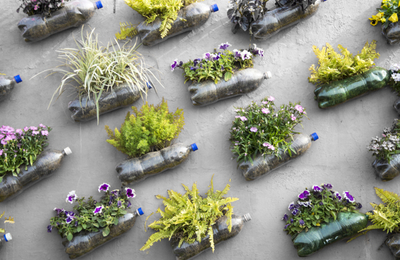
A great way of maximising limited garden space or creating a garden using a blank patch of outdoor wall is to use recycled plastic bottles to creat...
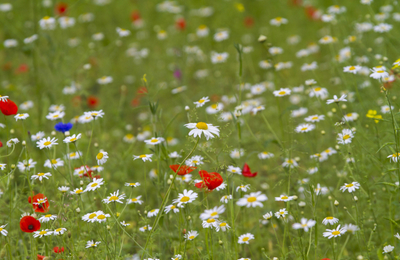
Find out about how to create your own wildflower meadow, which will in time become a haven for all kinds of insects and other wildlife and loom bea...
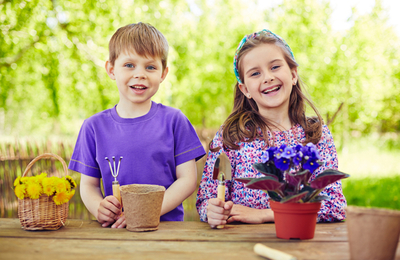
Find out about how you can make your garden a friendlier place for wildlife with this fantastic Home Learning Pack. As ever, it's full of great id...
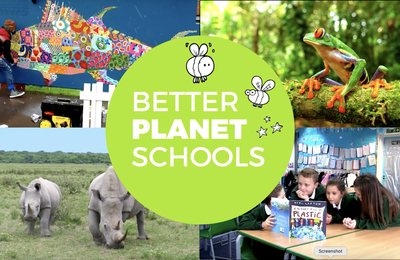
Better Planet Schools is an online environmental education programme, created by the Young People's Trust for the Environment to engage children an...

Leaves are nature’s food factories, converting the light from the sun into energy to help plants grow.
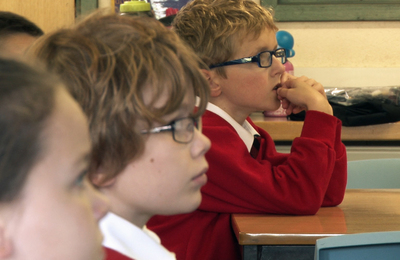
The school talks service is available in person for schools within a 30-mile radius of our office in Yeovil OR on Zoom, Teams etc. for schools anyw...

This set of lesson plans contains a wide range of activities, printable resources and definitions of key terms. It is accompanied by a Powerpoint ...

Here is a step-by-step guide to making your own pond
In this great 'How-To' guide, Georgina shows how to make a hanging garden using plastic bottles. Created in collaboration with Explorium, Lights O...
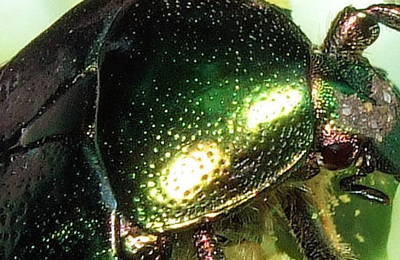
Quite literally, a ‘minibeast’ is simply a small animal. Spiders, snails, slugs, beetles, centipedes, worms, earwigs, caterpillars are just a few.
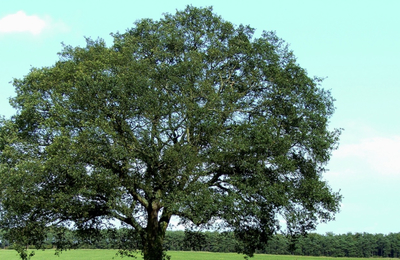
A suite of four lessons on Plants, each with suggestions for classroom activities. Accompanied by a presentation filled with excellent photographs...
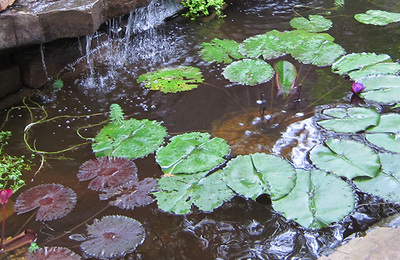
A pond is a small area of still, fresh water. It is different from a river or a stream because it does not have moving water and it differs from a ...
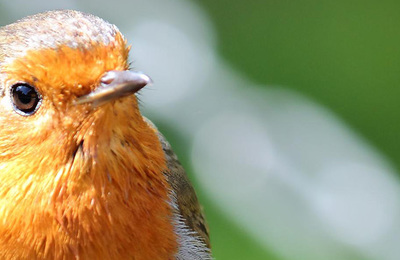
The robin is a popular visitor to gardens and is well-known for its tameness. In the winter they will regularly visit a bird-table to eat kitchen s...

Rudi (age 8) and Harry (age 10) learned about eco homes as part of their work with 'Explorium Lights On', with a presentation on the topic from YPT...
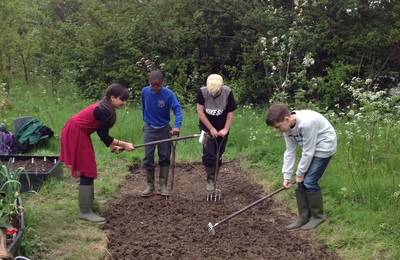
Roots to Green Living is YPTE's project to provide long-term support for schools to enable them to develop their grounds for environmental educatio...

So, if you’re aged between 5 and 17 and feel you’re doing something that helps the environment, please tell us about it. Examples might include: ...
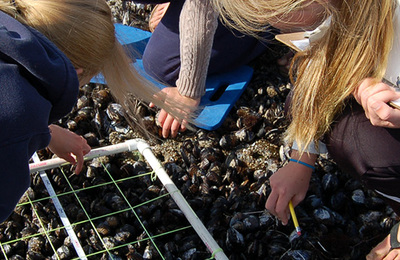
A quadrat is a frame used in geography and ecology studies to section off a standard sized area for study. Predictions can be made about distributi...
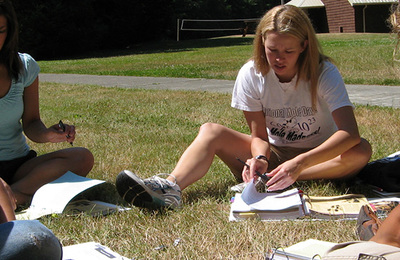
Schools that have begun to develop their grounds often report that this has led to beneficial changes in relationships and attitudes and to the at...
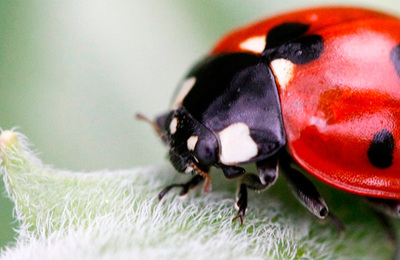
Share your garden with wildlife by creating habitats that help different species to thrive.
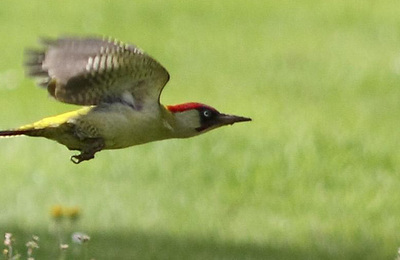
Green woodpeckers are most common in old parkland but will live happily in any habitat that offers a mixture of large old trees and areas of close ...
Zephan has been making his garden more nature-friendly. Find out how in his fantastic video that he produced for YPTE, created in collaboration wi...